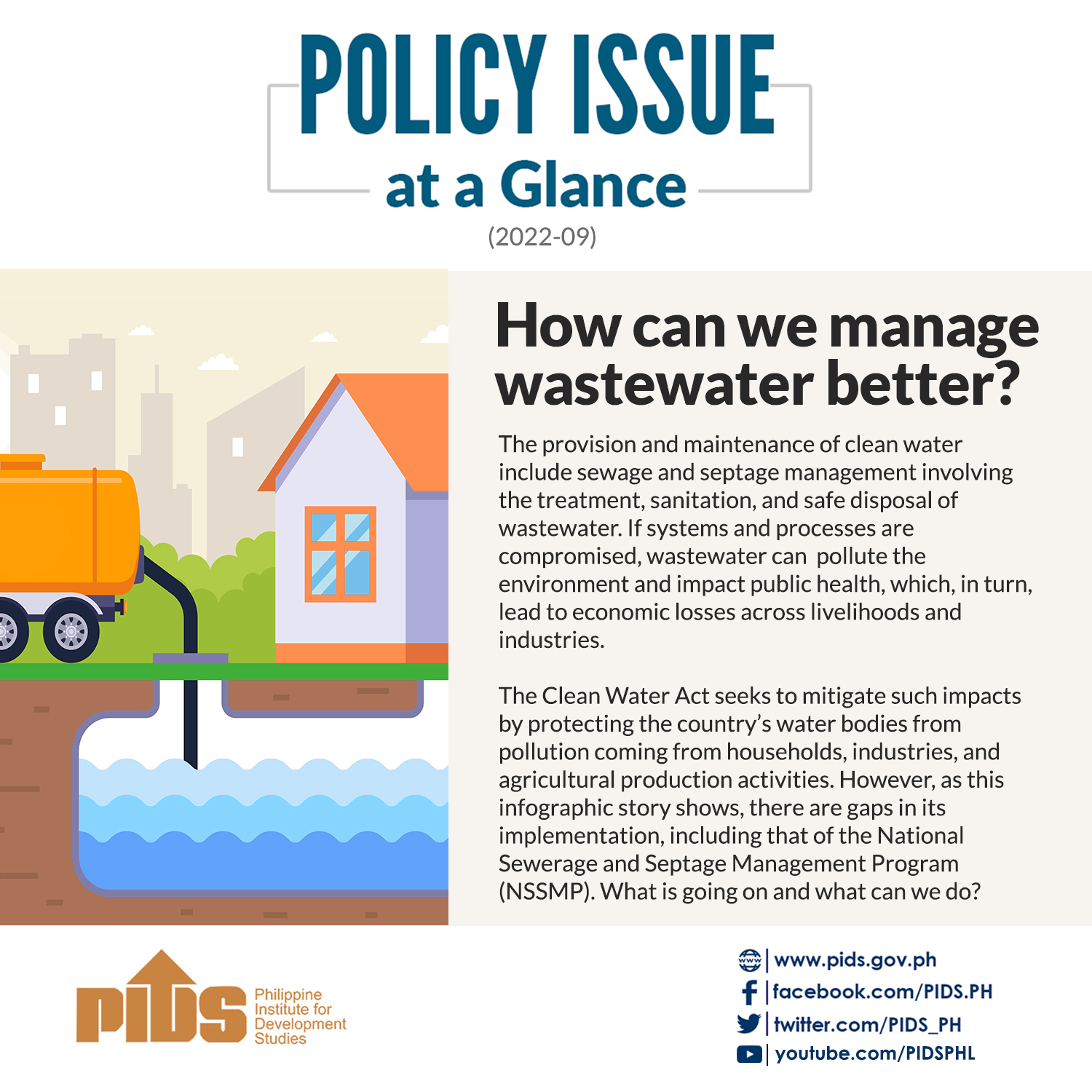For 1.8 million Filipinos who are now able to access free tertiary education in state universities and colleges (SUC) because of a law passed in 2017, being an iskolar ng bayan does not necessarily open doors to getting the best jobs after graduation.
Before anything else, allow me first the liberty of expanding the boundaries of the phrase iskolar ng bayan, which previously referred only to the top 10 graduates of public high schools in the country receiving scholarship grants as stipulated by the flawed Iskolar ng Bayan Act of 2014.
(Prior to this law, students enrolled at the University of the Philippines were revered as being the iskolar ng bayan by virtue of their ability to have hurdled the university’s tough entrance examinations, which consequently allowed them to benefit from a significantly subsidized education.)
The passage of the Universal Access to Quality Tertiary Education Act (UAQTEA) by President Duterte in August 2017, however, allowed all enrolled students in SUCs, as well as local universities and colleges and state-run technical vocational institutions, starting from the second semester of 2018 to become scholars of the country, or iskolars ng bayan.
The Commission on Higher Education (CHED), which supervises the UAQTEA budgetary allocation for the reported 1,628 higher education institutions (HEIs) participating in the free tuition scheme, saw a significant increase in its annual budget for the tuition fees – but little else for other necessary needs.
Quality, not just quantity
Unfortunately, there has been too much focus on churning out hundreds of thousand of graduates every year, with little though for the quality to make them relevant and competitive in the job market.
As in the past, not enough money has been set aside by the national government to raise the quality of education in SUCs, local colleges and universities, and even the state-run technical vocational schools. We may see more graduates, as has been one of the objectives of the law, but this does not necessary translate to quality.
This year, only the University of the Philippines (UP) in Diliman found its way to the top 500 list of the world’s best universities. The next Philippine university, privately run De La Salle, was ranked below the 1,000th mark. Only the two universities warranted inclusion in the ranking of 1,400 learning institutions from 92 countries by the THE World Academic Summit in ETH Zurich, Switzerland last Sept. 11.
In the Top 10 listing of Philippine universities reported by the Spanish National Research Council in the January 2020 edition of Webometrics Ranking of World Universities, only UP – with three of its constituent universities and the Mindanao State University Iligan Institute of Technology were state-run HEIs. All the rest were privately run.
In its list of 200 top Philippine universities, private schools easily outnumbered public schools. This would likely explain why high school graduates, if they can afford it, would rather enroll in private schools if they don’t pass the tough UP College Admission Tests.
Talent pool
In the Institute of Management Development’s 2018 World Talent Ranking, which focuses on assessing countries’ human capital resources, the Philippines came last among ASEAN countries, and 49th in a list of 63 participating countries.
One of the biggest reasons cited for the Philippines’ poor ranking is the lack of initiatives towards investing and developing talent, consequently resulting in a human resource pool that does not have the skills that companies need. This also reflects the mismatch in schools’ curriculum and the requirements of businesses.
In the fast-approaching artificial intelligence (AI) and Fourth Industrial Revolution era, where new hires will be graded not just by how well they can speak English, but more on their ability to process data and analyze formulas and equations, Filipinos would likely lose the best-paying jobs to Singaporeans whose talent ranking in the ASEAN region was first.
Areas for improvement
CHED needs to initiate improvements in the quality of tertiary education, especially in state-run schools. The iskolars ng bayan, by accepting people’s taxes to acquire an education, have a responsibility to contribute to nation building and there is no better way than to give back to the country quality knowledge.
If we produce mediocre graduates from SUCs, local colleges and universities, and state-run technical vocational institutions, this can only be regarded as a bad investment and we would have wasted the billions of pesos that are allocated every year to support such students.
During the first year of the free tuition law, the government allocated P40 billion for the iskolars ng bayan. For the academic year 2020-2021, the Department of Budget and Management green-lighted a P50.9 billion budget for CHED, of which P44 billion would go to free tuition.
The Philippine Institute for Development Studies (PIDS), in a study released late last year, has assessed the need to further improve the implementation of the free tuition law, as well as look at redesigning parts with the end goal of optimizing returns.
CHED needs to come up with a program where the low-ranked public HEIs, like the Quirino State College in the north or the Mindanao State University Tawi-Tawi College of Technology and Oceanography down south, would in future improve their rankings (229th and 273rd in the 2020 Webometrics Ranking of World Universities, respectively).
Again, it is not enough that the country sees more students graduating in the coming years from SUCs and other state-funding learning institutions; we must also be proud that they lead in talent and skills, and are truly deserving to be called the country’s iskolars ng bayan.










